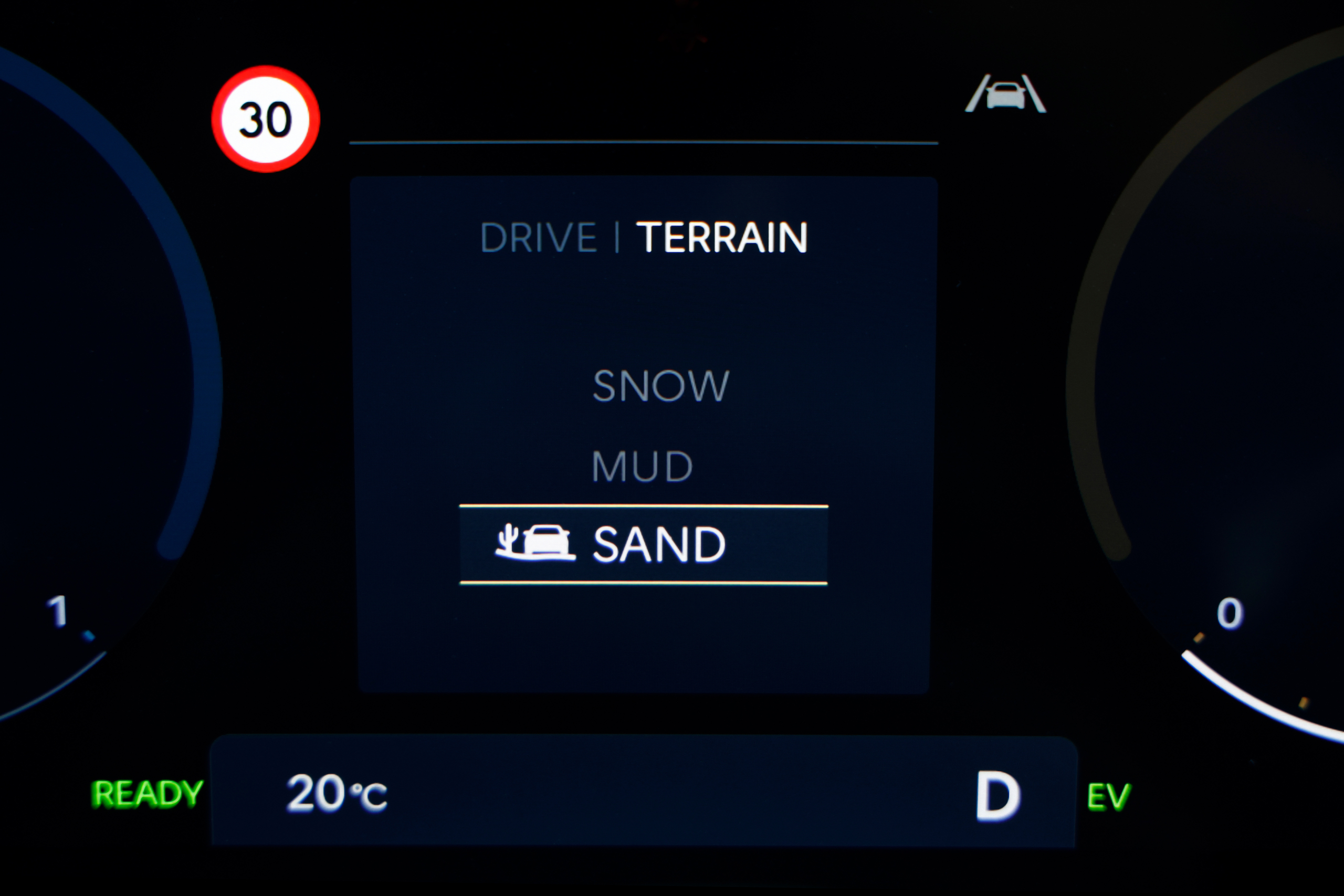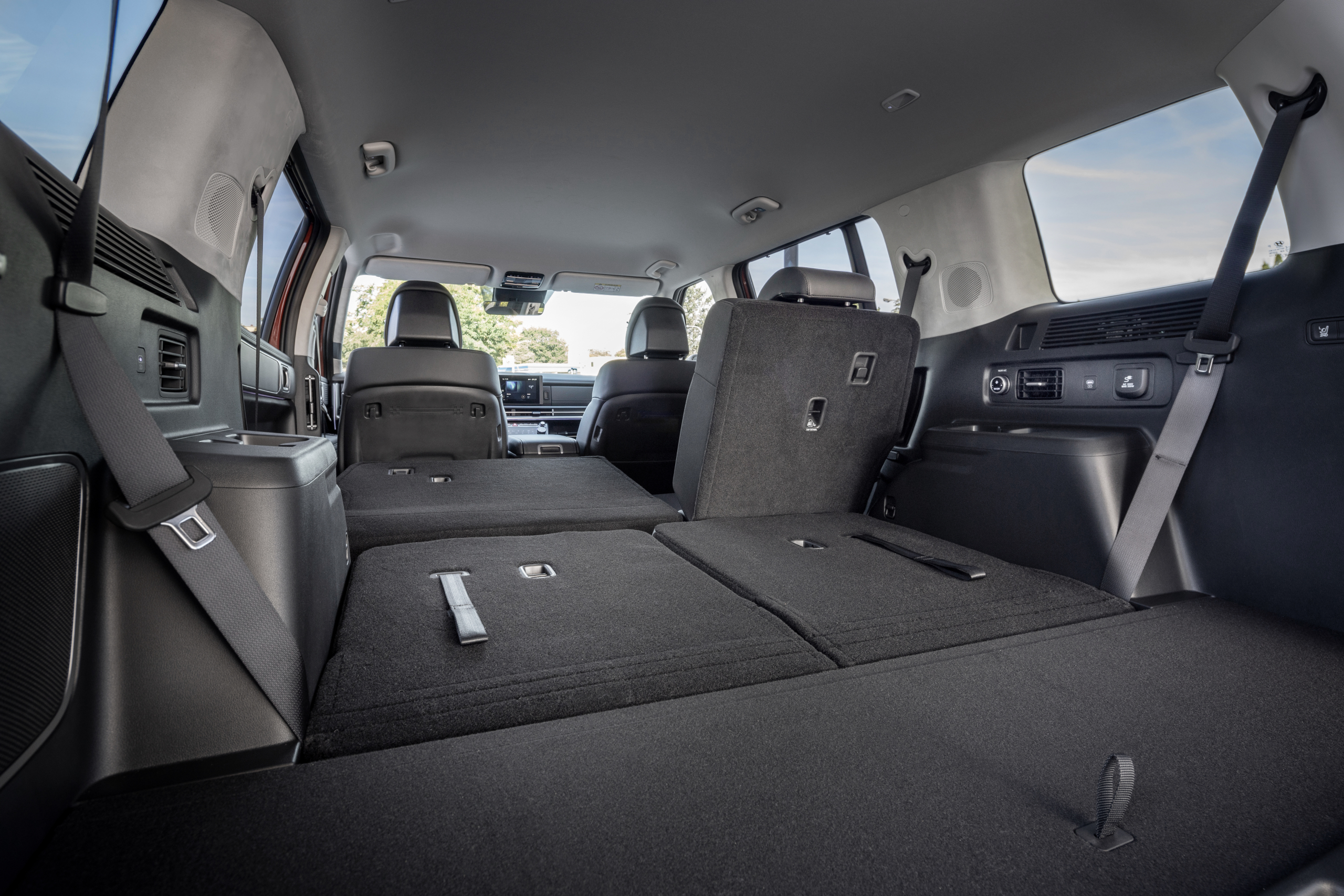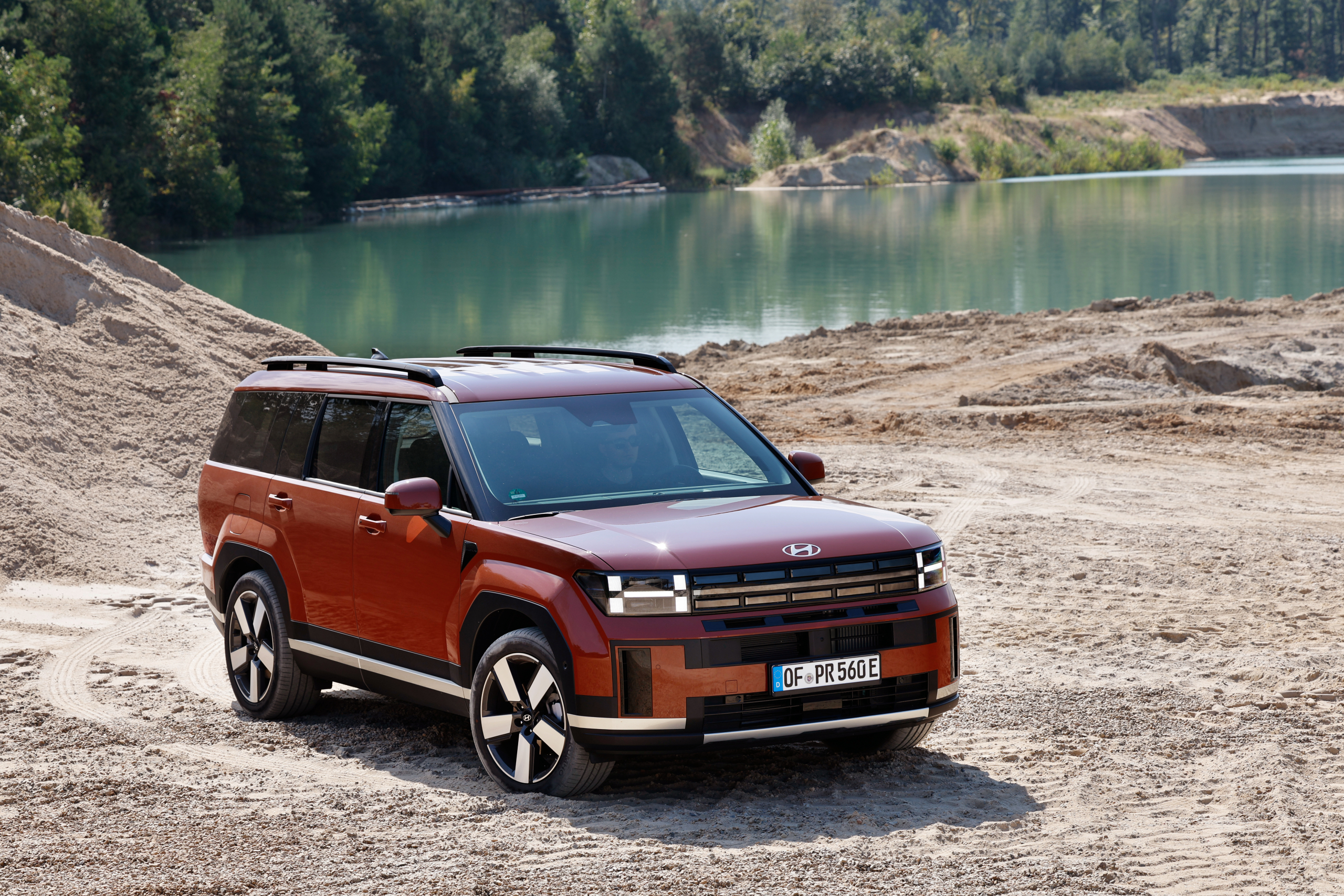The new Hyundai Santa Fe (2024) is an SUV according to the old school: square, robust and with lots of space. The only thing missing is an old-fashioned diesel engine.
When we see the Hyundai Santa Fe, we get a sense of déjà vu. Inevitably we think of the Land Rover Defender, especially from the side. Just look at those C and D pillars. With the price in mind (more on that later), you could also call the Santa Fe the poor man’s Defender.
Tribute to British terrain executioner
Now we can act silly and Hyundai accused of plagiarism. But in doing so we are doing the brand a disservice. Until about 20 years ago, you often saw flashy nods to European models from Korean brands, but Hyundai is now following its own course. The Santa Fe is more of a tribute to the British off-road vehicle. And this icon among all-terrain vehicles certainly deserves that.
The rear runs straight down, just like the Defender butt. Actually, everything is rectangular, except for the wheels. We are not car designers, but we can imagine that for their design job they only needed a pencil, a set square and a ruler.

Hyundai Santa Fe (2024): hybride of plug-in hybride
In the Netherlands, the new Santa Fe is available as a hybrid and as a plug-in hybrid. If you can’t choose, you have little choice about the price, because both models are almost the same price. The 1.6 T-GDI HEV – the plug-free hybrid – costs 59,495 euros. For 500 euros more, Hyundai will supply you with a charging port and cable.
This makes the Santa Fe almost 40,000 euros cheaper than the original: one Land Rover Defender 110 PHEV costs 87,542 euros. The fact that the price difference between the hybrid and plug-in hybrid is so small is due to the low BPM amount for the PHEV, which emits little CO2 on paper. That makes it much cheaper here than in Belgium!

Four-wheel drive and off-road programs
Adventurers should definitely opt for the plug-in hybrid, because it has all-wheel drive as standard. There are even a few off-road programs. Hyundai has named its 4WD system HTRAC All-Wheel Drive.
Depending on the wheel grip and vehicle speed, the torque is distributed as best as possible across the four wheels. This has also been taken into account for grip in corners. Although you shouldn’t go too deep into the wilderness, because it doesn’t have low gear or a limited slip differential.
Not a good caravan tractor
Diesels are now out of the question at the largest Hyundai. This has a disadvantage: the Santa Fe is not a good caravan tractor. It can only carry 1010 kilos on the hook (Hybrid: 1110 kilos) and that is simply not enough for such a whopper of a car. Especially because the competition does offer a decent trailer weight; to one Skoda Kodiaq you can connect a caravan of 2.3 tons and also the Ford Kuga goes for more than 2 tons. Tough people don’t sleep in a caravan, but outside or in a roof tent, Hyundai may think.

All versions have 7 seats
A big plus of the 4.83 meter long Santa Fe is that all versions have seven seats. Those who like luxury can also choose a version with six individual seats. For anyone who gets into the Santa Fe, it is good to know that there is an extra 5 centimeters in wheelbase compared to the old version. The total length increased by 4.5 centimeters.
Those who prefer to use the Santa Fe to rediscover their masculinity and want to skin their own shot game in the back of their car (and then roast it on the barbecue) are also in the right place. The PHEV fits 1942 liters if you fold down both rows of seats.


At the front you feel like you are in business class
The further you sit in the front, the more comfort increases. The function profile for the third row of seats is: short legs, a lot of flexibility. Then you will be hired in no time. The requirements are more flexible in the second row of seats, where two bored teenagers with growing pains can easily fit.
Right at the front you feel like you are in business class. Until recently, the special lounge chairs were reserved for the EV models, but the Santa Fe now also has them. They have an electrically extendable support for your thighs and they are also suitable for relaxed game spotting. Or – less adventurous – to travel relaxed in traffic jams.
Luggage compartment Hyundai Santa Fe
The luggage compartment is 300 liters larger than that of the old Santa Fe and measures 621 to 1942 liters. The Santa Fe also makes no bones about Ikea, because the opening is so wide that many large objects can easily disappear into the enormous space. If all seats are sunk into the vehicle floor, a flat loading floor is created on which you can even place an air mattress, transforming the Santa Fe into an occasional camper.
54 electric kilometers
Although the Santa Fe is an old-school SUV, it focuses internally on the future. We see the inevitable large screens in front of the driver and in the center console, but there are also real buttons. The center tunnel is noticeably high; tough people don’t hug, they might think at Hyundai.
The powertrain in all cases consists of a 1.6-liter four-cylinder petrol engine with 158 hp. The plug-in hybrid also has an electric motor that delivers 90 hp. In total, the PHEV has 253 hp. The electric range of 54 kilometers is nothing to write home about. The sprint times are also not very impressive: 9.3 seconds pass before the sprint from 0-100 is over. Those are more like diesel times.

Nice travel car
The Santa Fe takes its time with everything, but that is not a disaster. In contrast to the old diesel engines, you hardly hear this drivetrain and thanks to the comfortably tuned chassis you quickly find yourself in yoga mode. The steering is light, but quite communicative and the body leans surprisingly little. Simply a nice travel stroller, with a very striking design. Nice.
Conclusion
The striking appearance of the Hyundai Santa Fe may or may not enchant you. It’s refreshing anyway. It holds its own in not too difficult terrain and is spacious, flexible and comfortable. But the electric range of the PHEV is limited and the trailer weight is too low.
Source: www.autoreview.nl



